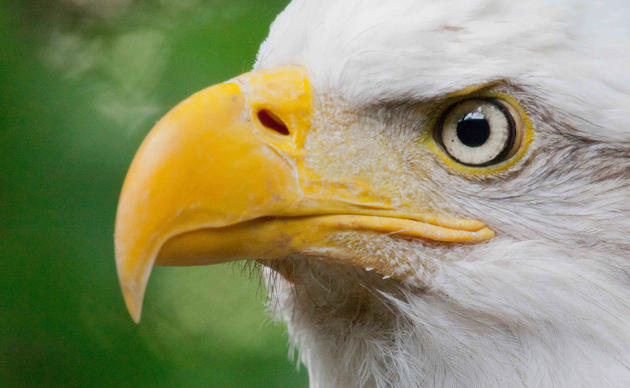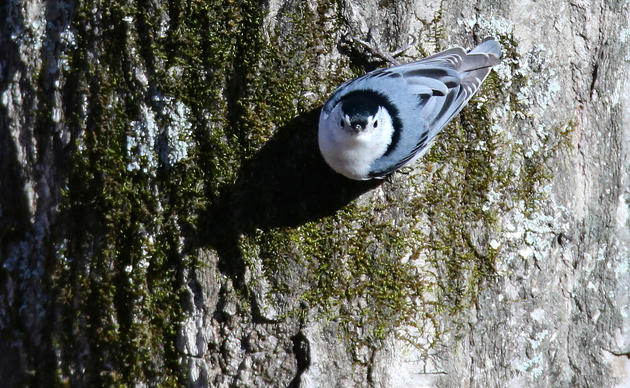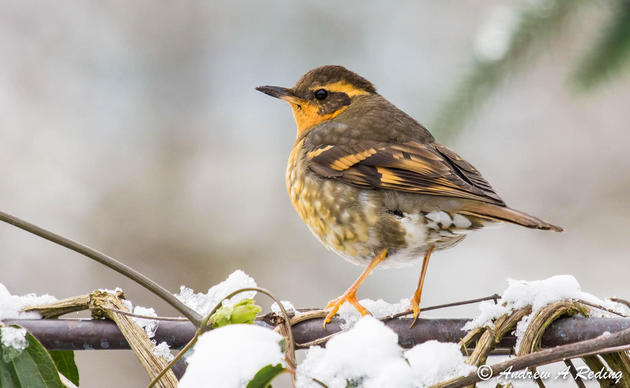Several years ago, Darrel Whipple, co-founder of Willapa Hills Audubon, orchestrated the grate removed from the smokestack at Riverside Community church in Rainier Oregon. The purpose was to attract Vaux’s Swifts during their migration south for the winter. Their success was a surprise!
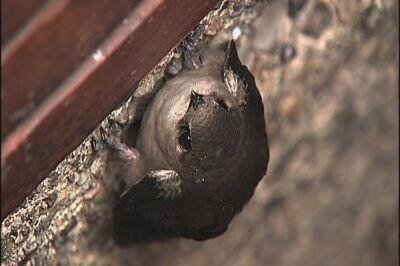
“We counted 21,720 birds entering the chimney in one night in September,” said Willapa Hills Audubon Conservation Chair Larry Brandt. “We get similar counts each night during a three-week period. Notice that they make a circular flight pattern as they enter the little aperture. I never see a collision!” Larry chats with researchers from Berkeley and Cambridge who have traveled to the site during the last two migrations studying flight paths which you can see in this video. There is a group of observers all up and down the West Coast doing similar counts. “We collectively compare notes and watch the migration from a macroscopic perspective,” he says.
Vaux's Swifts. Video: Paul Rice
Vaux’s Swifts usually rely on large, hollow trees as nest sites and their populations in Oregon and Washington are declining because of the loss of the Pacific Northwest old growth forest. But Audubon chapters are monitoring dozens of Vaux’s Swift roosts in chimneys along the west coast, including four in Washington that are designated an Important Bird Area. This expansive project is known as Vaux's Happening.
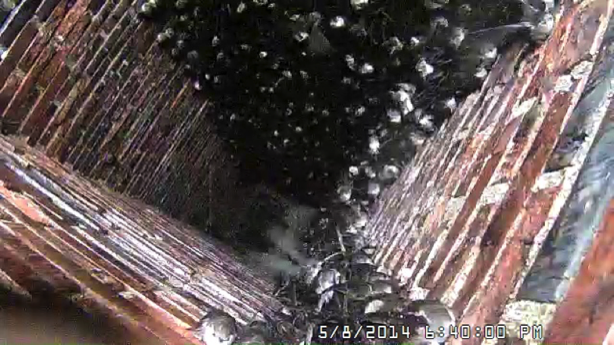
If you’ve ever been to Pilchuck Audubon’s event “Swifts Night Out” in Monroe, WA, you’ve seen the dazzling display of thousands of Vaux’s Swifts descend in a vortex into the Frank Wagner Elementary School chimney to roost for the night. The chimney is one of the most used roosting sites on the Vaux's Swift’s migratory path and is also the only place on their southern Central America to northern Canada route with video cameras installed to observe and learn more about this aerial species. This month, Pilchuck Audubon is modifying the event and hosting a virtual “Swifts Night In” on October 29th. You can register for free and get more involved by becoming a swift observer!


